Litter is a worldwide issue that affects our environment and our lives directly and indirectly. I wanted to research and find possible solutions for this problem, but to address something globally, the locations would need to be observed individually, I wanted to start on a small scale. To address the litter problem in Belmont, The Bronx, with a solution that could be replicated city-wide, the focus was on the behavioral causes of littering. Exploring why litter is prevalent in NYC involved walking around and photographing littered areas, sitting down at specific locations, and observing how people interacted with objects to be disposed of. After observing these interactions, I studied vast past research done on a variety of topics related to littering and personal behaviors and created a 15-question survey, covering both quantitative and qualitative data.
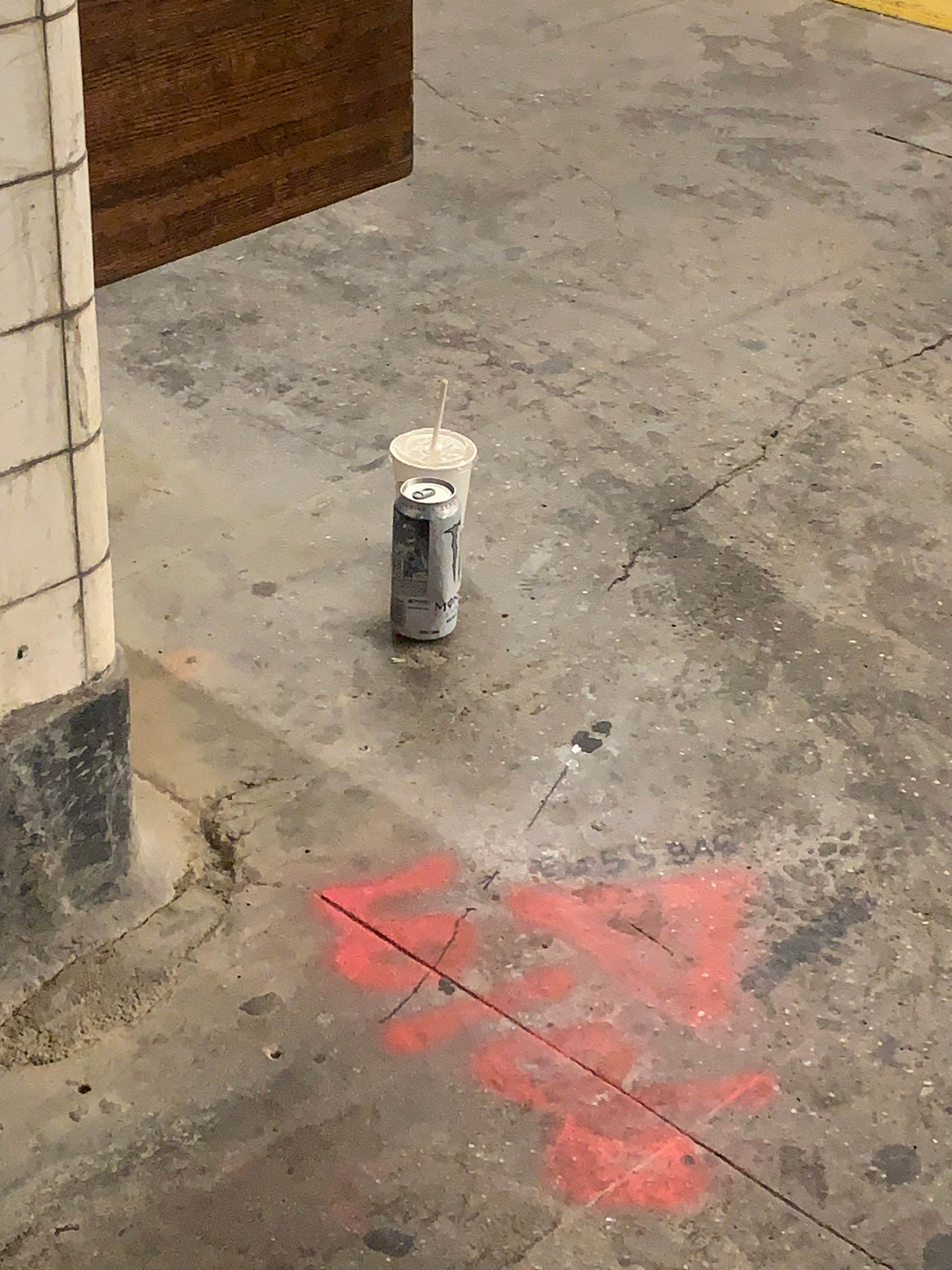
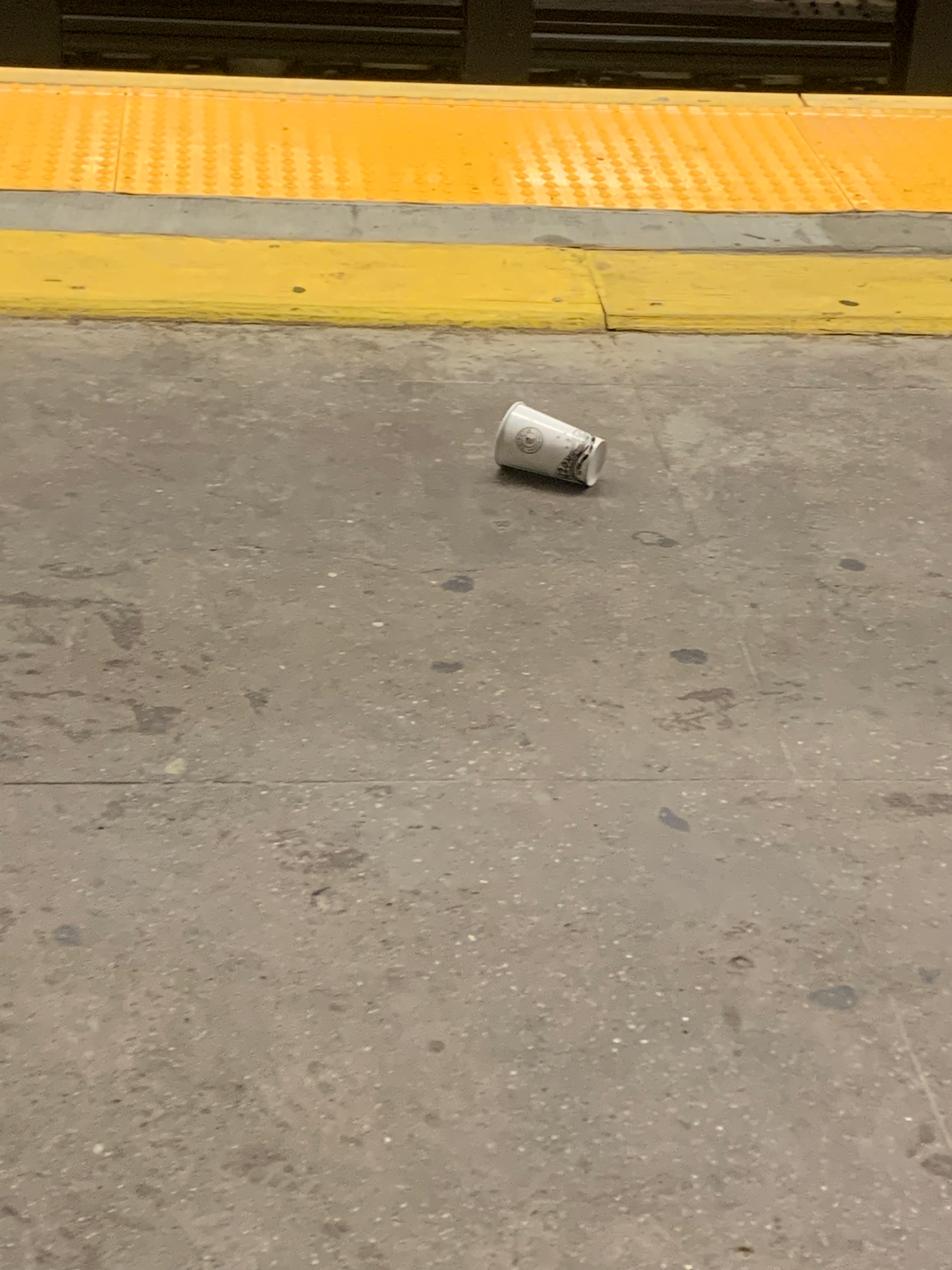
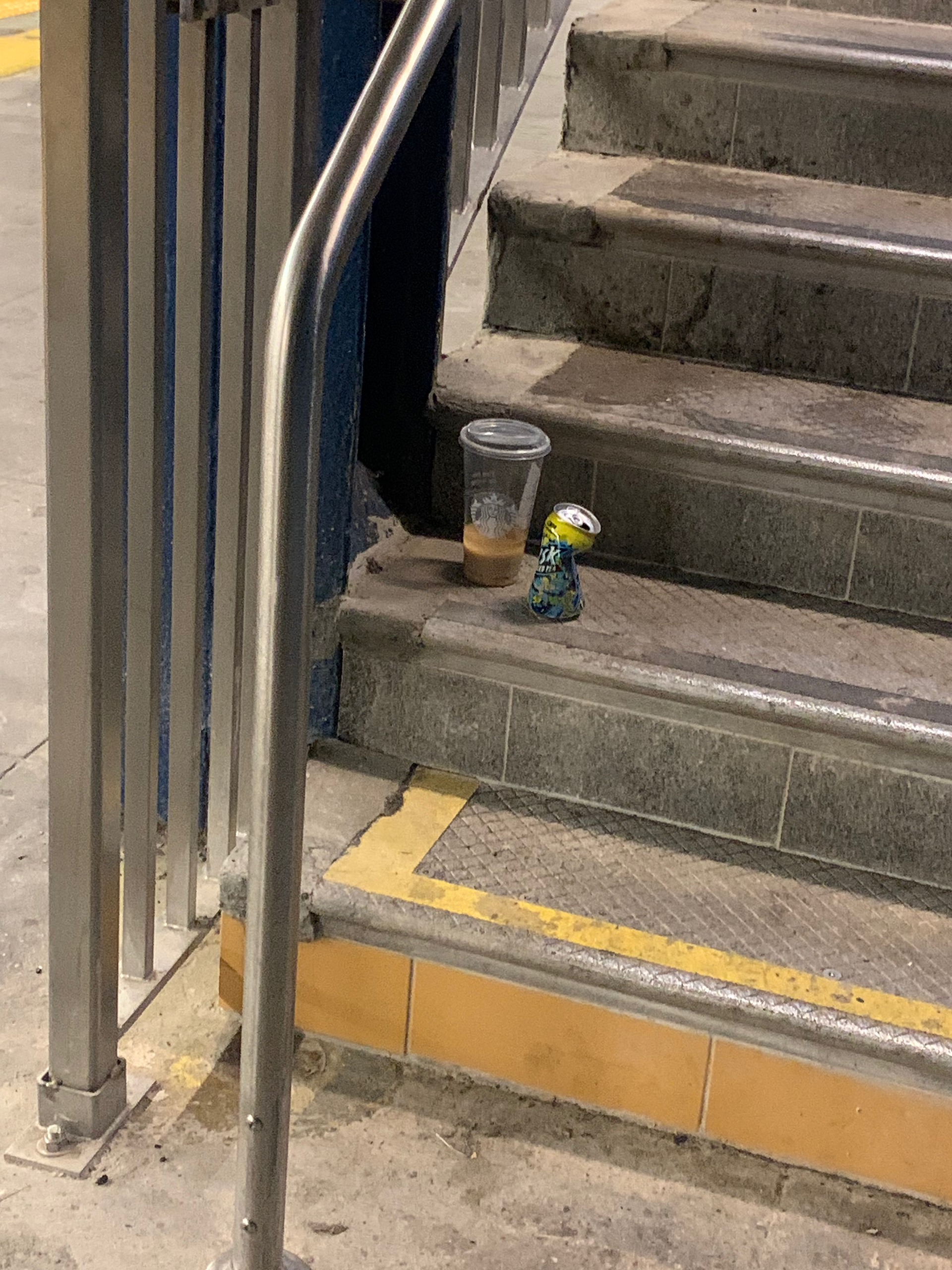
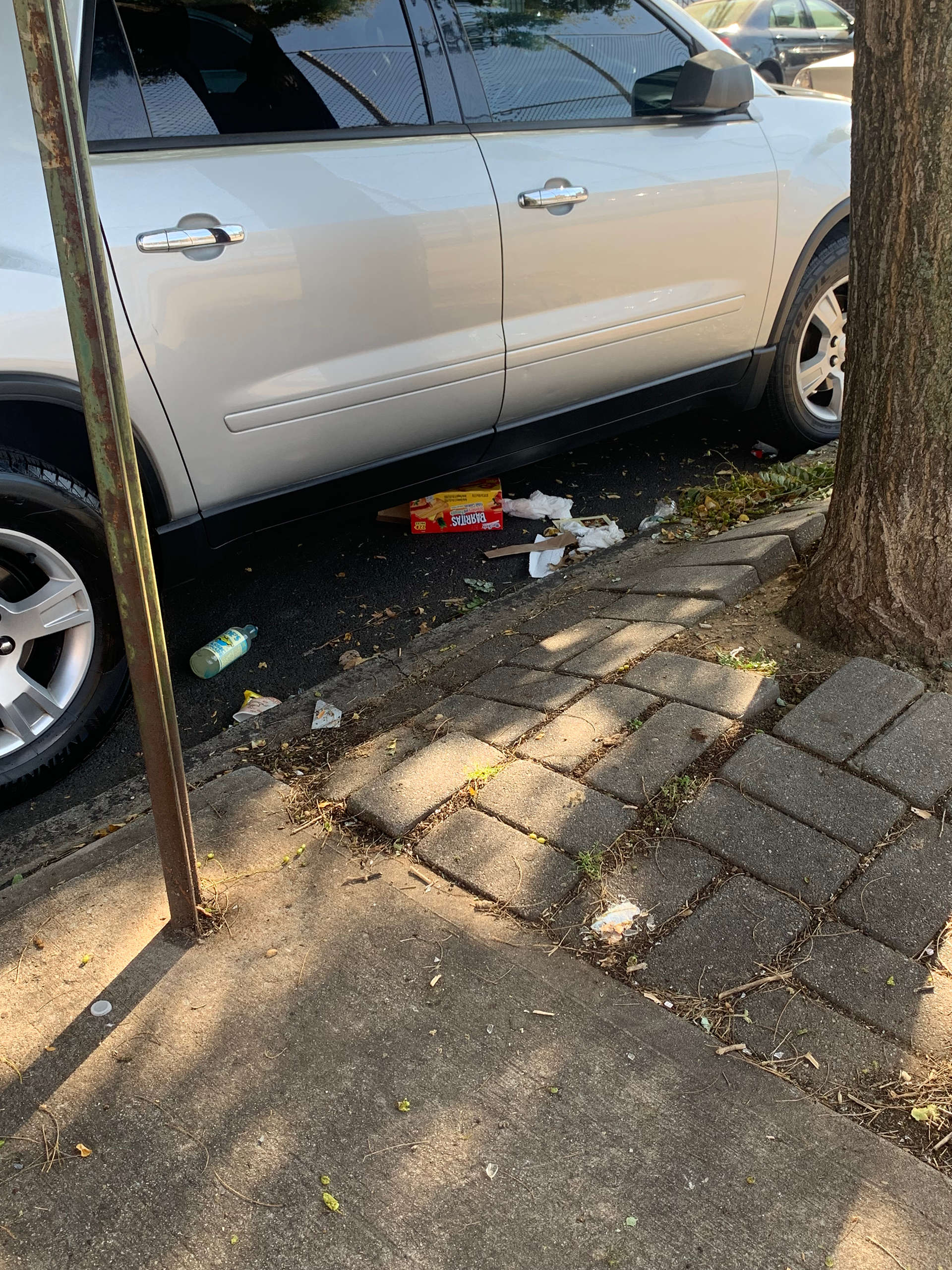
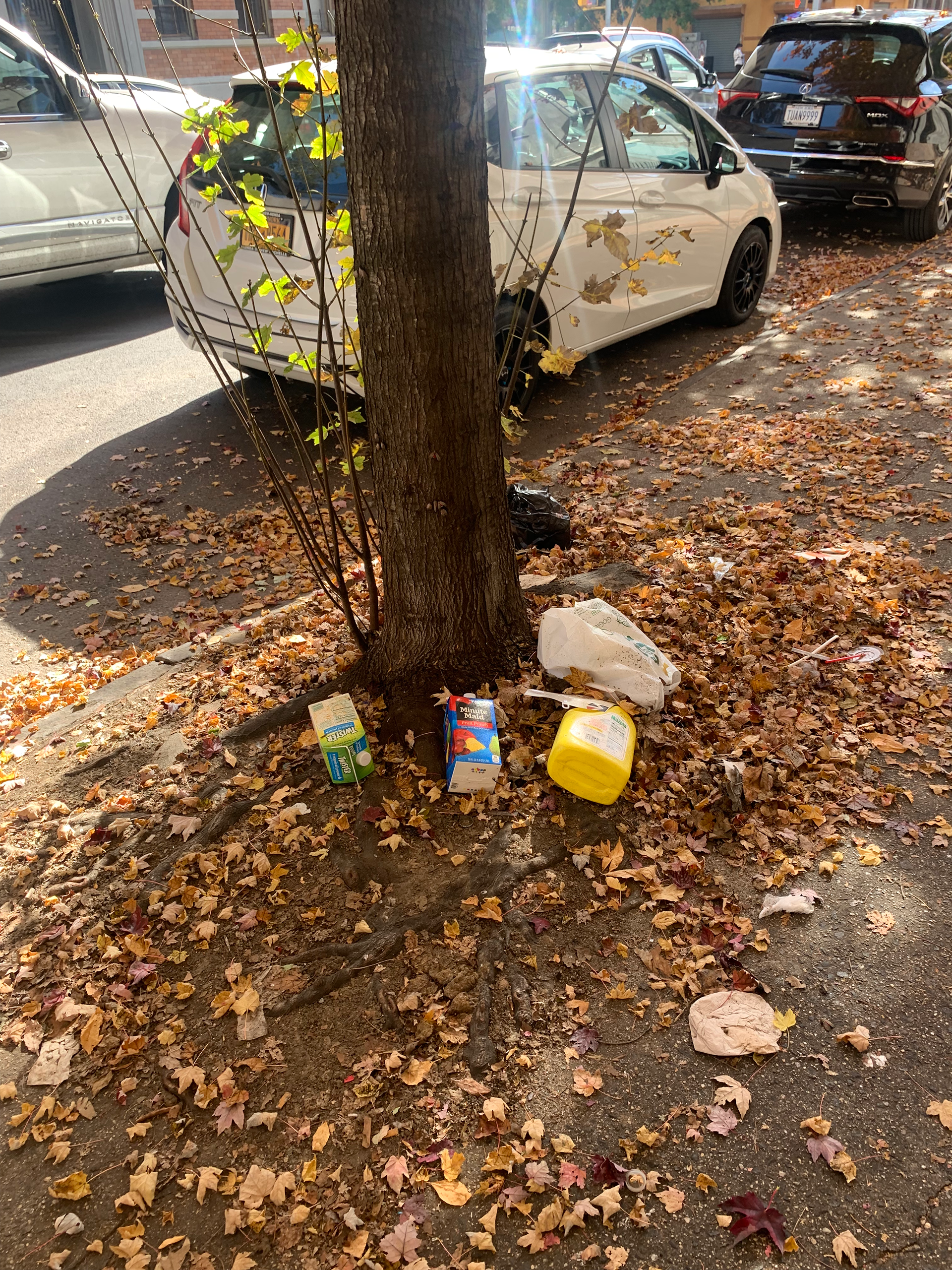
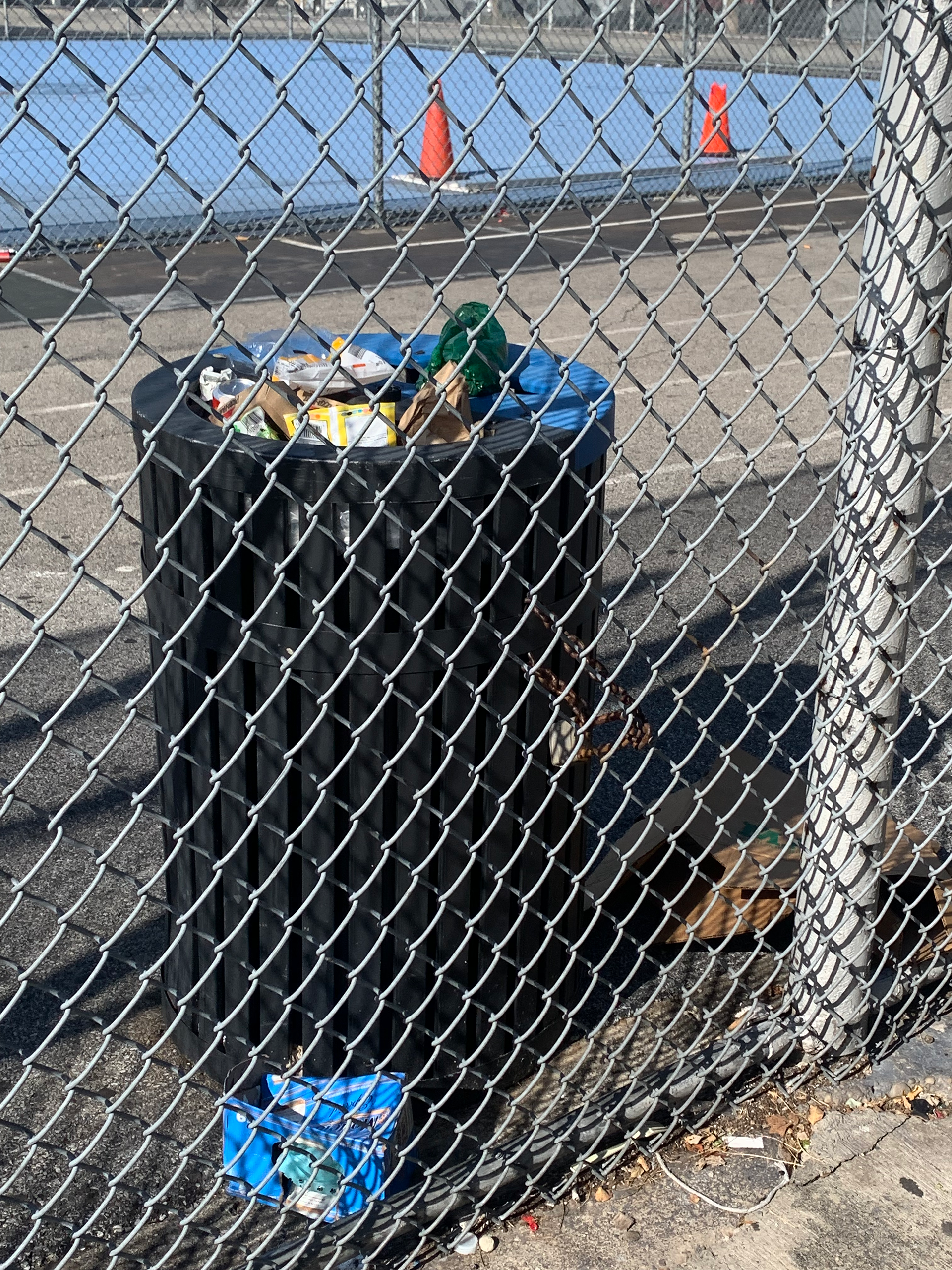
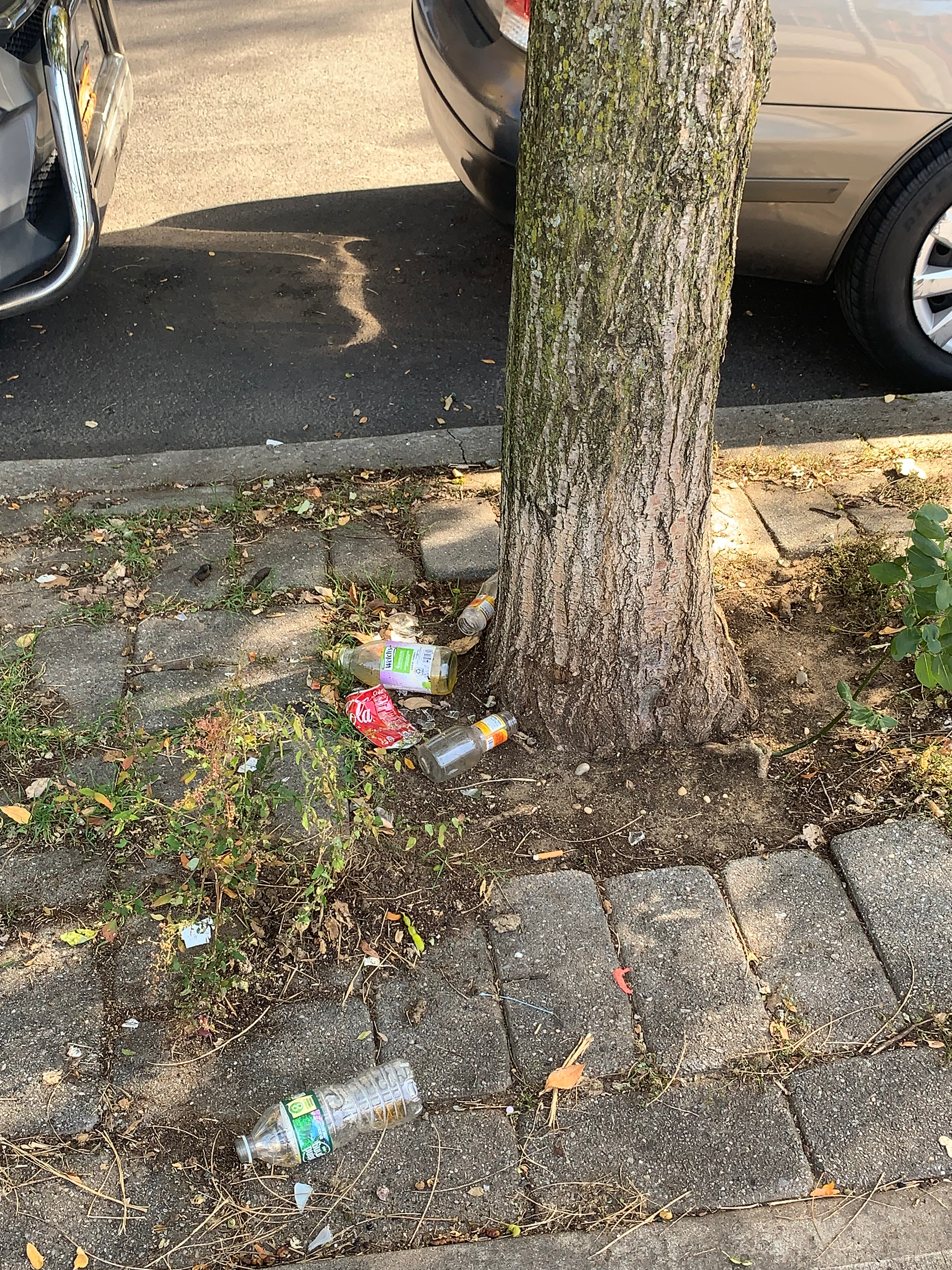
A lot of the research tackled why people throw trash on the ground and/or improperly dispose of their trash. Common reasons were lack of education and awareness (specifically about trash, i.e. not learning how to dispose of litter properly), and inconvenient trash disposal sites. I created a survey that focused on littering behavior questions and shared it with classmates and friends, who further distributed it.
The responses below are from the survey, where participants shared their thoughts on litter in their communities. Many noted that they had not seen any anti-litter campaigns in their area, and some admitted to littering without ever facing fines or consequences. These results highlight key insights from the survey, offering a glimpse into the perceptions and experiences surrounding littering in their neighborhoods.
After collecting and analyzing survey data, I created personas and used that information to guide thoughtful solutions. I also looked at what’s worked in other countries with better waste management systems to see how we could adapt those ideas locally. The plan includes improving where trash cans are placed, redesigning them so they’re easier to spot, launching a neighborhood-focused anti-littering campaign, and teaming up with local businesses to support the effort.
The campaign uses posters designed specifically for the neighborhood. Each one features bold visuals and simple, relatable messages to help shift the way people think about littering. The goal is to connect with the community in a way that feels familiar and honest. By bringing in local businesses, the message feels more integrated into everyday life, helping to encourage a cleaner, more mindful environment.
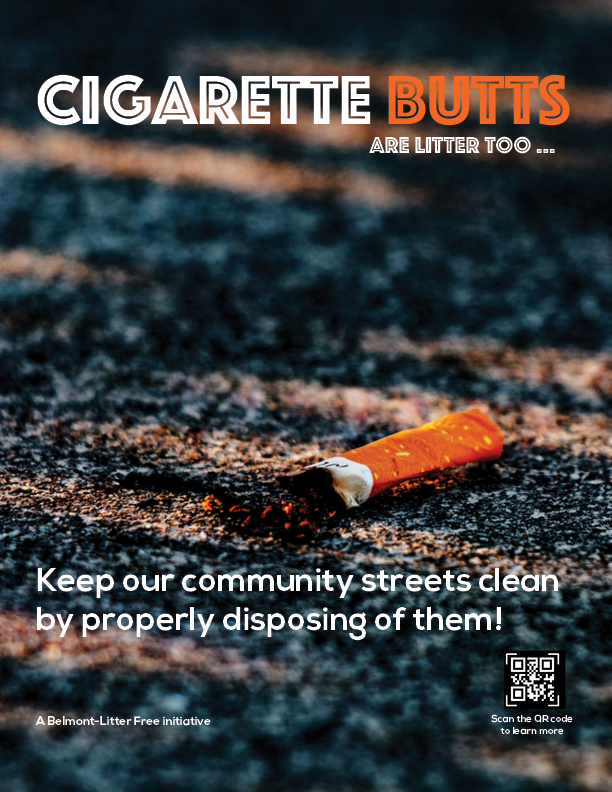
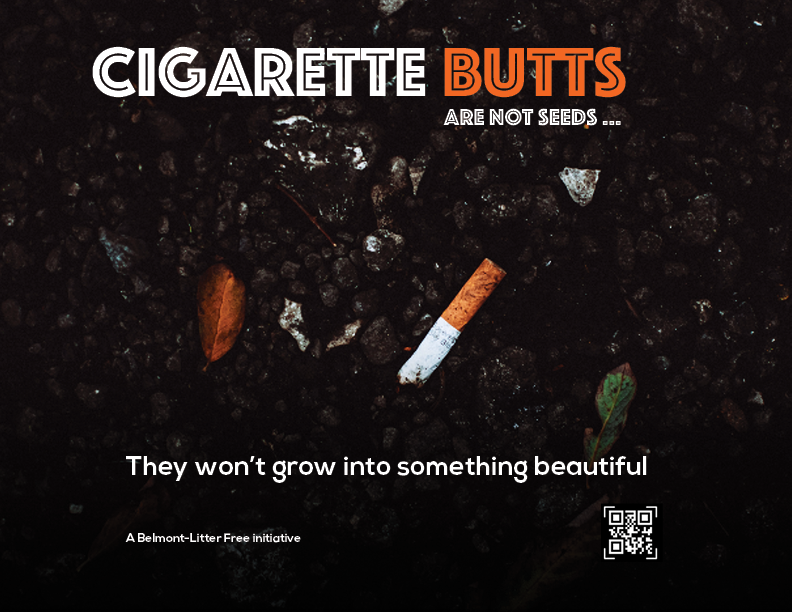
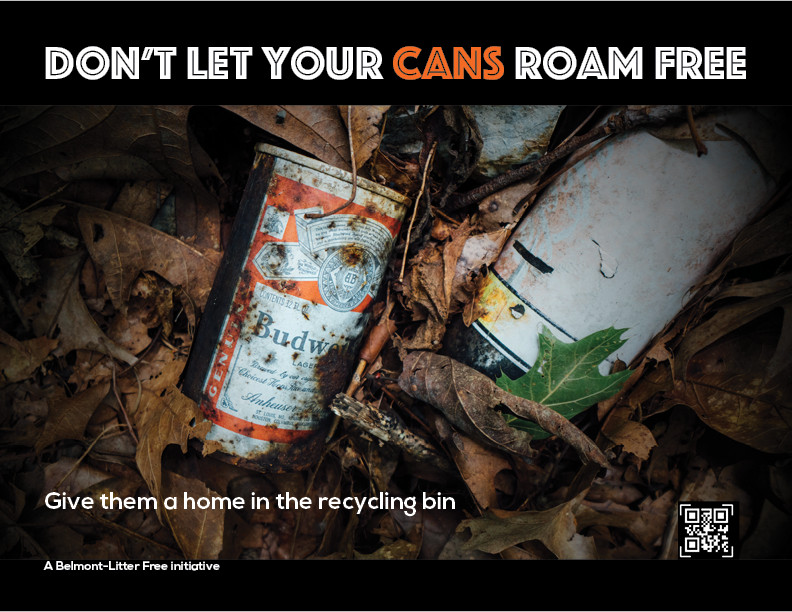
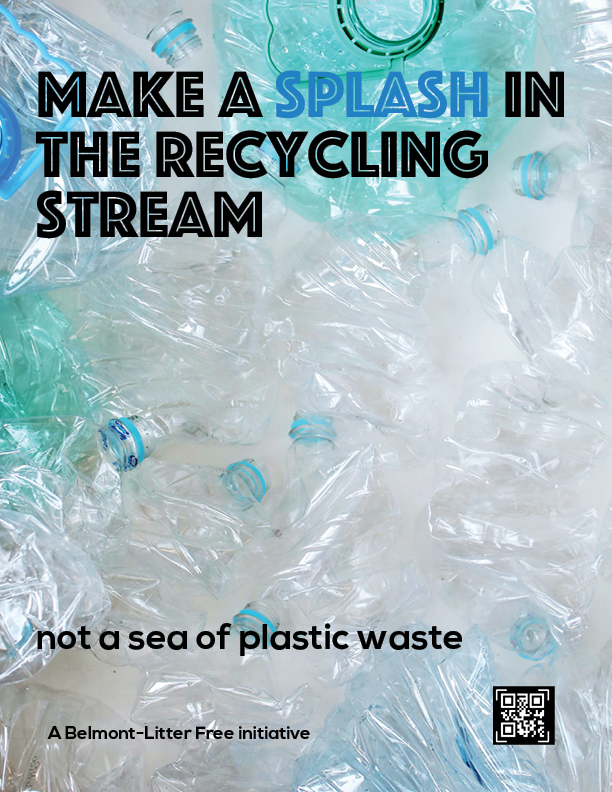

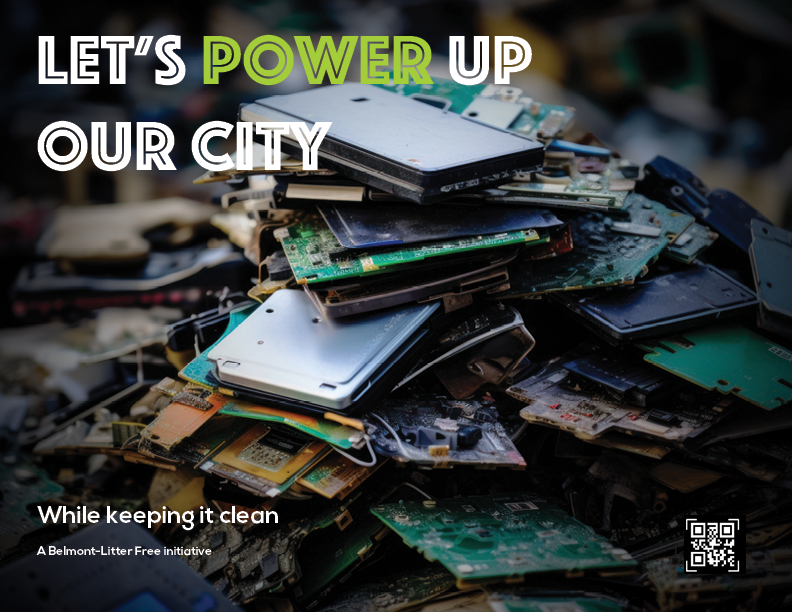
Another key part of the solution is improving the design and placement of trash cans. In many areas of NYC, the bins are dark and easy to miss, which makes people less likely to use them. Studies have shown that brighter, more colorful trash cans are more noticeable and tend to encourage better disposal habits. Adding more of them in high-traffic or problem areas increases the chances that people will throw their trash away instead of littering. When trash cans are thoughtfully designed and placed with intention, they stand out in a good way and help create a cleaner, more welcoming environment that people want to take care of.
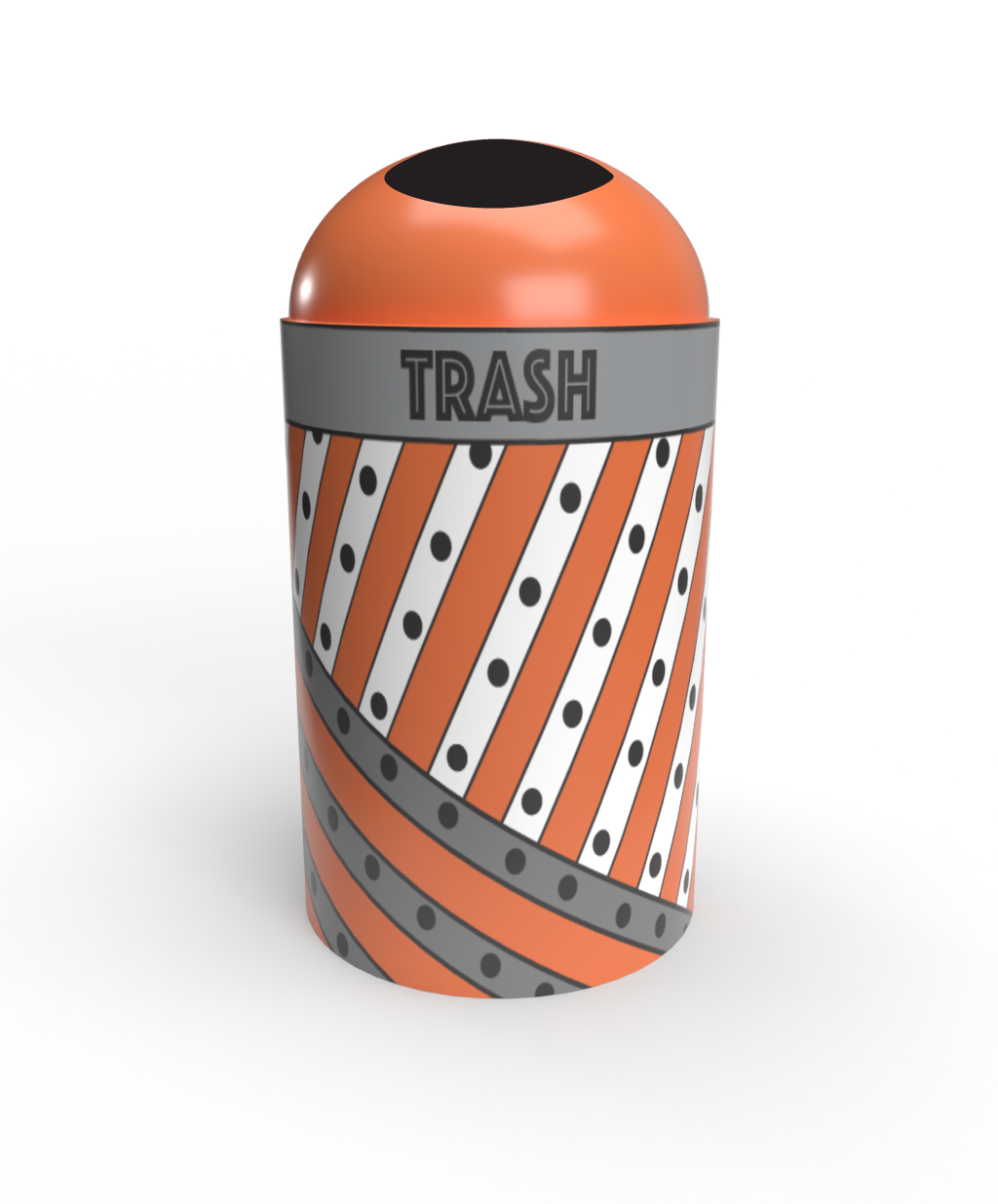
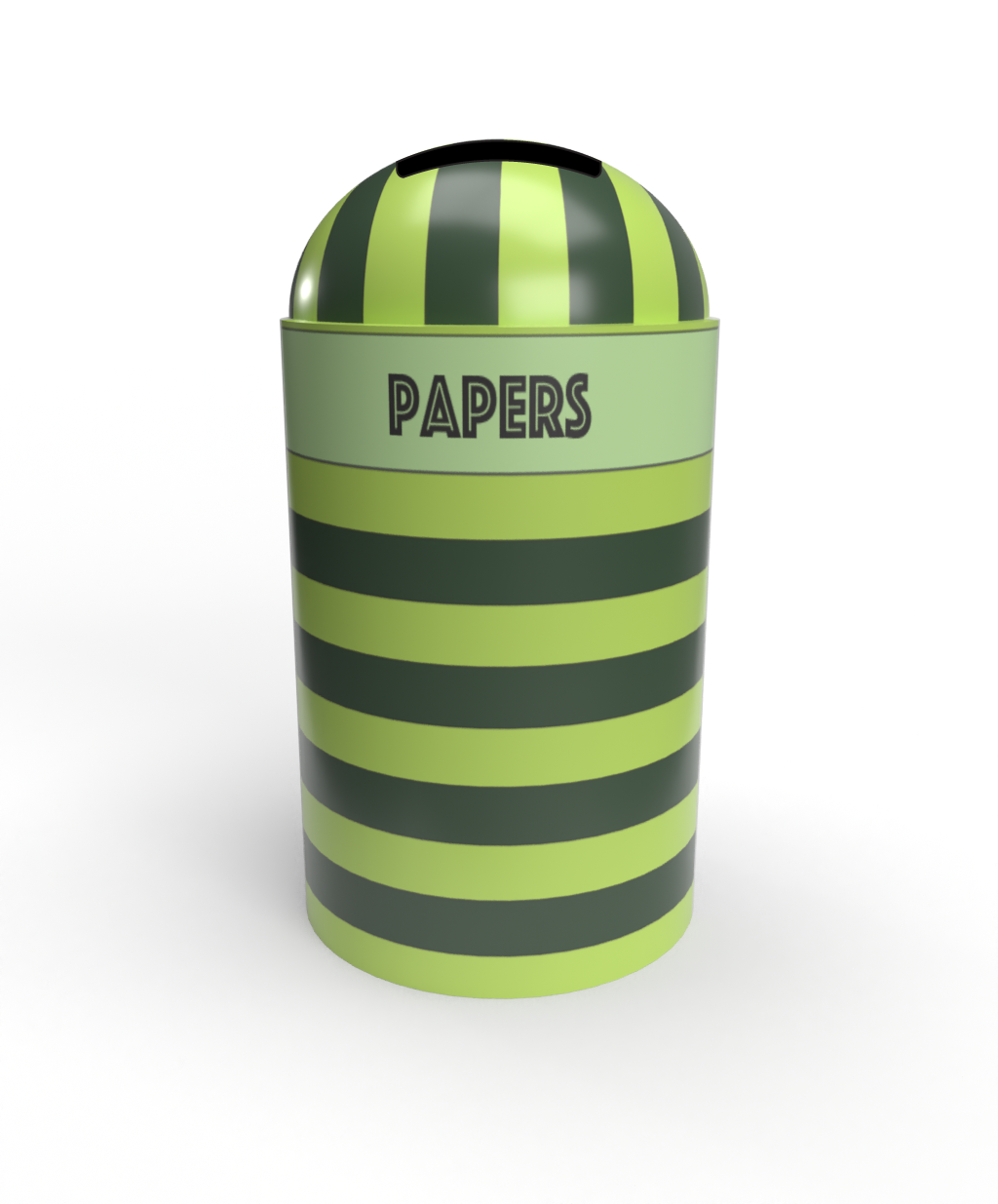
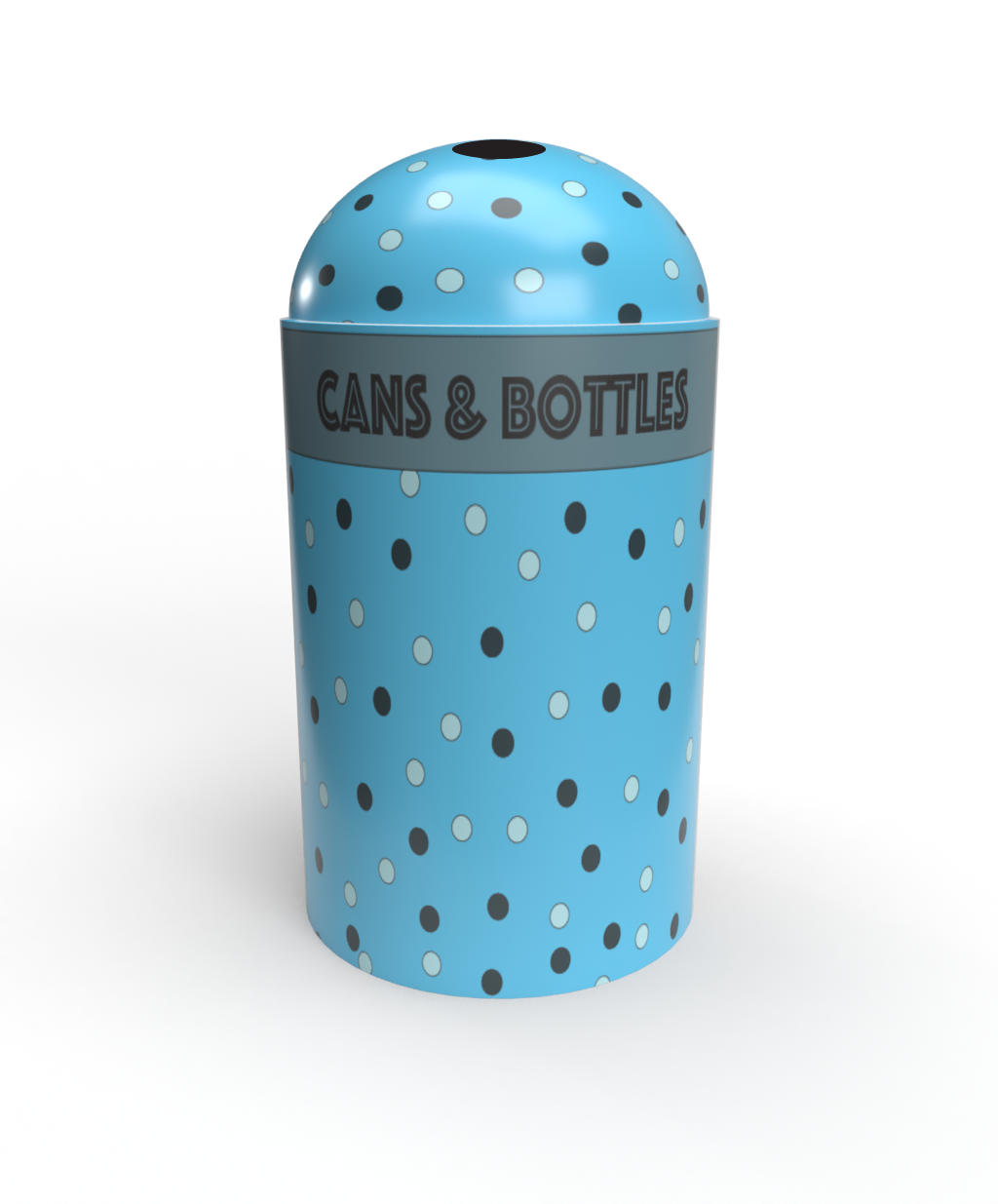
When we understand why people litter and look at how other places have tackled the problem, we can start making changes that shift behavior. Over time, this helps people take more responsibility for their surroundings, leading to cleaner spaces and better quality of life for everyone.
